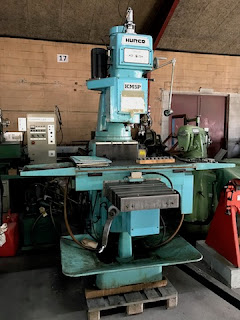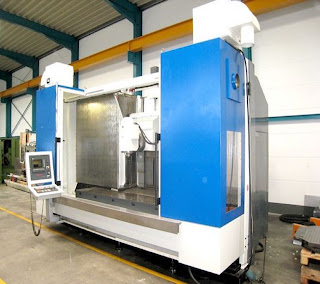Tips for Every Buyer of Used CNC Milling Machines
CNC machines have helped transform the precision of
parts in various applications. The relative ease with which highly complex
designs have been rendered through CNC machines have made the machines hugely
popular in industry. An integral part of the metal fabrication industry, these
machines offer the highest degree of accuracy possible. Many industries that take on additional
workloads or units that need to expand operations quickly without too much of
CapEx often look at used CNC milling machines
to help augment capacity. Here is a
look at some of the top tips that will help a buyer to choose the most suitable
machines, including used metalworking machines.
Simple tips that
help in procuring the best units
- The Safety Shield
- The Tool Bit
- Spindle Shaft
- Spindle Motor
- Vertical Column
- Cross Side
- Axis motors
- Controller box
Additional
checks to ascertain quality, condition and performance
Since CNC machines and used shearing
machines are often purchased to augment capacity, it is highly likely
that the right kind of checks may not be carried out. However, it is of
paramount importance to fully check the performance of the machines. The
tolerance of CNC machines are
pivotal to operations at a unit. It is therefore necessary to check the
tolerance, and the ability of the units to support symmetrical machining, and
stratified machining. The machine needs
to support operations that involve a wide range of cutting parameters, feed
rates and the use of various alloys that are supported for precision machining
processes.




Comments
Post a Comment